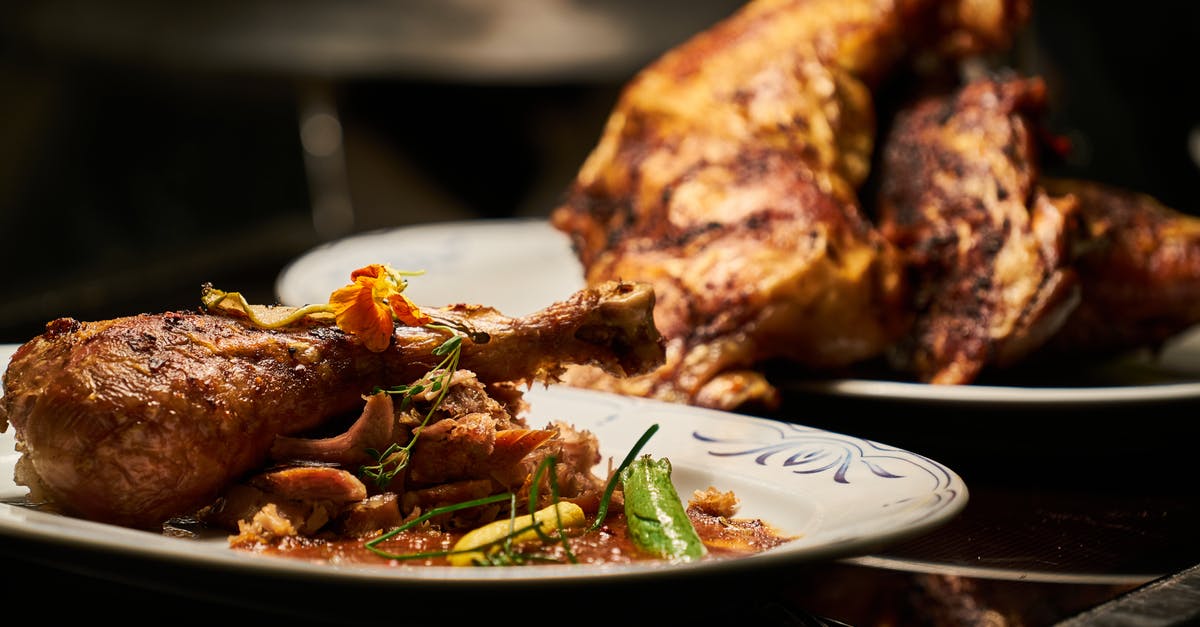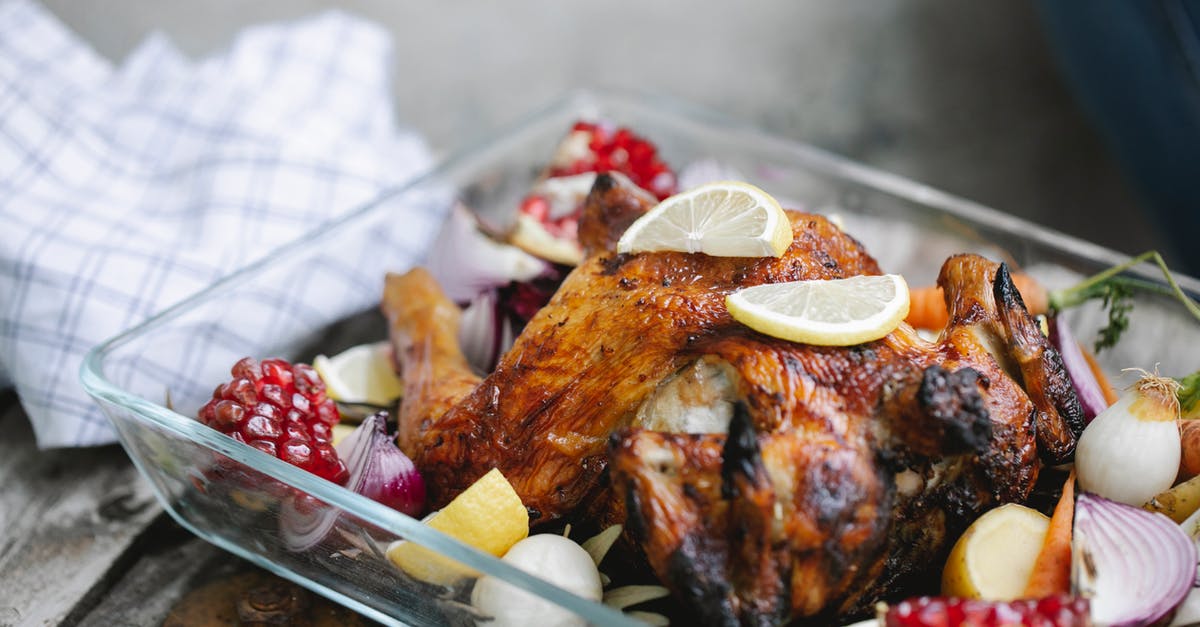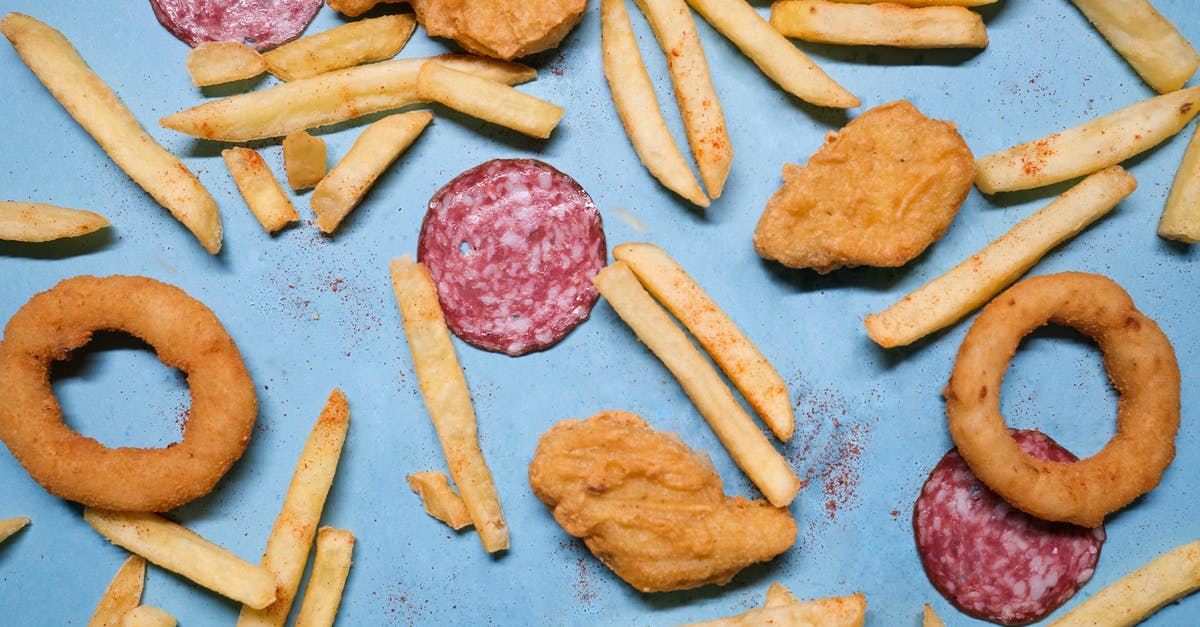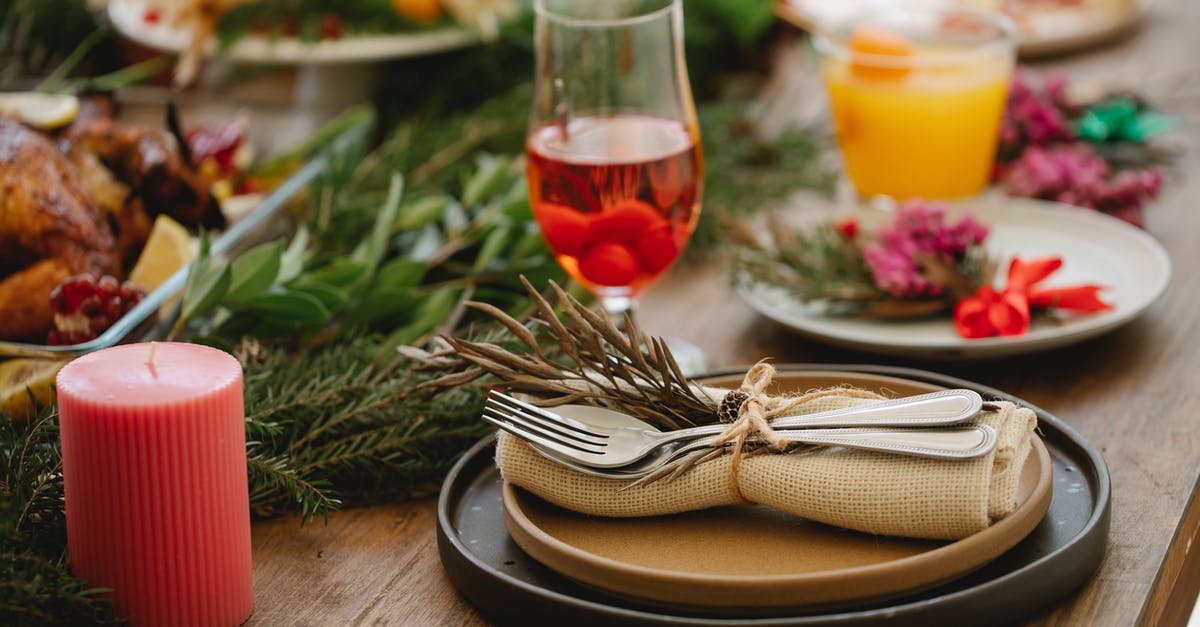Unexplained Butterflied Roast Chicken Success

Yesterday I started working on a six pound butterflied roast chicken a little too close to an evening meeting. I butterflied the chicken and patted it as dry as possible inside and out with paper towels. I then mixed up some olive oil, lemon juice, salt, cracked pepper, chili powder, onion powder, and cumin and liberally applied it all over the skin. I'm not sure I really managed to completely flatten the chicken, as I'm fairly weak and it was a large bird, so the butterfly technique wasn't perfect. I put it under a pre-heated broiler and started out following this recipe, with the chicken cooking for about 6 minutes skin-side up, then 6 minutes meat-side up, then I put the oven on 375 degrees F (190.5 degrees C) with the chicken skin side up. Ever time I flipped it I poured some of the collected juices over the bird. Because the bird was so big, it wasn't done after about an hour of cooking when I needed to leave, so I put the broiler on low for about 3 minutes before leaving, and then I shut the oven off to keep from charring my chicken and burning the place down. At this point the thigh was around 140 degrees F at the thickest part. I was gone for about an hour.
When I returned, my spouse didn't want to eat the chicken until we'd verified that it had come to temperature, so we turned the oven back on to 400 degrees F (204.4 degrees C) for a few more minutes. The bird went way beyond minimum temperature - the thickest part of the thigh was well over 175. I expected it to taste disgustingly dry.
Instead what we had was the most moist, tender roasted chicken I've ever had. The skin was crispy, the meat fell off the bone (literally when we moved it off the rack).
What was it about this accidental cooking method that worked so well? Did the time in the hot-but-not-on oven do anything? Was it just the initial recipe and the size of the bird? The basting? I'd love to reproduce the flavor and texture of my chicken, but do I need all the accidental steps?
Best Answer
I suspect you may have created a poor-man's slow-cooking environment in there. You had meat, and liquid, and a median temperature of around 200° F, and you probably also got the bird close to "done" during the first broil, before you even left the house. This is obviously easier to do when the meat is covered (was it in a covered roasting pan?) due to the steam, but the oven does provide some insulation to begin with.
Technically when slow-cooking you should theoretically be able to speed up the process by quickly bringing the meat up to just below doneness/moisture-loss temperature (130° F) and then switching to a moisture-preserving slow-cook method like braising. I think that's what you accidentally did, but it's hard to say for because nobody was there for an hour and it sounds like you didn't check the temperature before the second round in the oven.
My guess is that the second roast at 400° F was probably unnecessary, and that the bird was already done, having been cooked in a very slow roast.
I'm pretty sure it wasn't the basting that helped. It seems to be regarded as a myth these days that basting keeps the meat moist, because the baste really doesn't penetrate the skin (and it's not the skin you're worried about). Basting is done to add flavour, not preserve moisture.
The recipe itself also doesn't strike me as anything special in terms of keeping the bird moist, aside from having a relatively short cooking time (as with any grilling/broiling) and letting the meat rest afterward, neither of which really apply in your case. It was probably the slow heat that did it.
Pictures about "Unexplained Butterflied Roast Chicken Success"



Why do you put a lemon inside a chicken?
Lemon, herbs, onions, and garlic too are all aromatics that infuse into the chicken as it cooks giving it a lovely flavor. It doesn't absorb the flavors enough to call it a lemon chicken, but gives the chicken some flavor depth and acts as an enhancement.How do you get good colored chicken?
Roast in the preheated oven until no longer pink at the bone and the juices run clear, 45 to 55 minutes. An instant-read thermometer inserted into the thickest part of the thigh, near the bone should read 165 degrees F (74 degrees C).Easy Chinese five-spice roasted chicken. Just cut, marinate, and roast! 简单美味的五香蜜汁烧鸡。剪!腌!烤!无难度!无
More answers regarding unexplained Butterflied Roast Chicken Success
Answer 2
It sounds like you accomplished something like braising in your oven. Low moist heat for an hour will definitely make meat fall off the bone for something as delicate as a chicken. The skin was crisped up by the broiler, of course.
You could probably accomplish something similar by crisping up the skin in a pan or under a broiler, then putting the chicken and some liquid in a crock pot (slow cooker) for an hour. Brining the chicken first helps prevent it from drying out. If you didn't brine yours, it's possible that there was enough salt in your rub to do the job.
Sources: Stack Exchange - This article follows the attribution requirements of Stack Exchange and is licensed under CC BY-SA 3.0.
Images: Engin Akyurt, Tim Douglas, Alena Shekhovtcova, Tim Douglas
